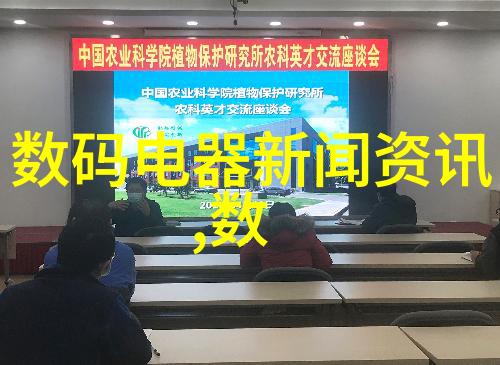水利水电工程的奥秘开启科技与自然和谐共生的新篇章
一、水利水电工程的核心学科背景

在探索水利水电工程这一复杂而深奥的领域之前,我们首先需要了解其所依托的学科体系。水利水电工程作为一种综合性工程,涉及多个交叉学科,如土木建筑、环境科学、地质学、气象学等。这些基础知识为我们理解和设计更为精确和高效的水利系统提供了坚实的理论基础。
二、技术创新与应用发展

随着科技进步,现代水利水电工程正不断推陈出新。在此过程中,不仅是传统的结构材料和施工工艺得到了改进,还有智能监测系统、高性能计算方法以及可持续开发理念也被广泛融入到项目设计中。这一切都让我们能够更好地应对自然灾害,提高资源利用效率,同时减少对环境造成影响。
三、社会经济意义与政策导向

作为国家战略资源配置的一部分,water resource management plays a crucial role in ensuring the stability of social and economic development. Through careful planning, construction, and operation of water conservancy projects, we can effectively control floods, ensure irrigation for agriculture, provide clean drinking water for urban residents, generate hydroelectric power to meet energy demands. Furthermore, these projects also serve as important platforms for promoting regional cooperation and fostering sustainable development.
四、新兴挑战与未来展望

Despite the significant progress made in water conservancy engineering over recent decades, new challenges continue to emerge. Climate change has led to more frequent extreme weather events such as droughts and floods; rapid population growth puts pressure on already strained resources; pollution threatens the quality of our waters. To address these issues effectively will require further interdisciplinary collaboration among experts from various fields as well as innovative solutions that balance technological advancement with environmental protection.
五、教育培训与人才培养

Given the complexity of this field and its importance to society at large, it is essential that we invest in educational programs that foster future generations of engineers capable of tackling these challenges head-on. This includes not only technical training but also courses focusing on policy analysis and project management skills so they can navigate both scientific principles and practical realities when designing solutions.
六、本世纪末期看点:全球合作与可持续发展目标
As we move towards the end of this century, it becomes increasingly clear that global cooperation will be key to addressing many pressing issues related to water conservation including climate change mitigation strategies like flood control systems or reservoirs designed with adaptive capacity against changing precipitation patterns. In addition to technological advancements mentioned earlier (e.g., smart sensors), there are growing calls for an integrated approach which considers ecological integrity alongside human needs—ensuring all aspects work together seamlessly towards a common goal: achieving sustainable development goals worldwide while safeguarding our planet's precious natural resources.






